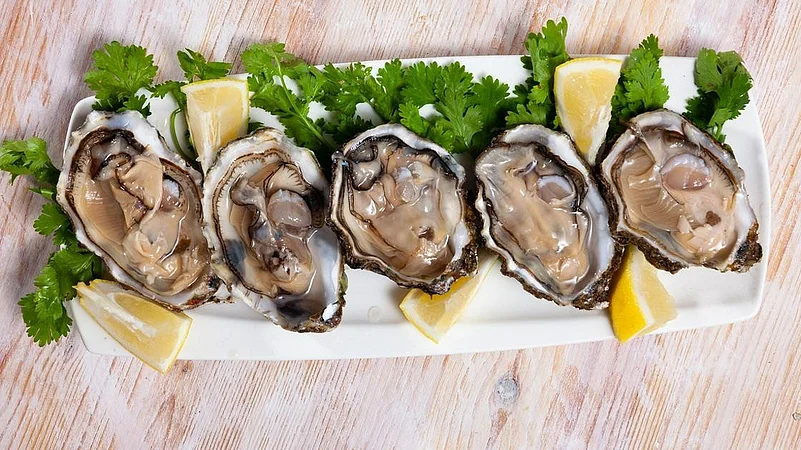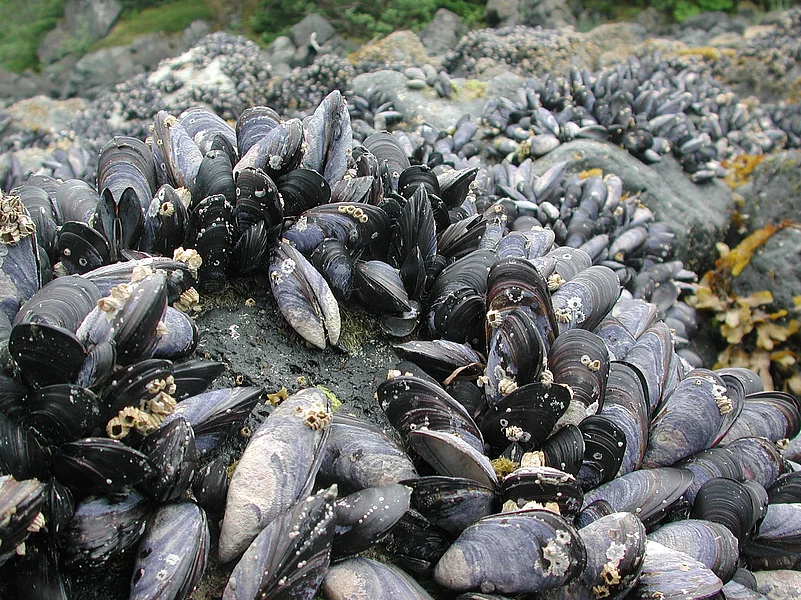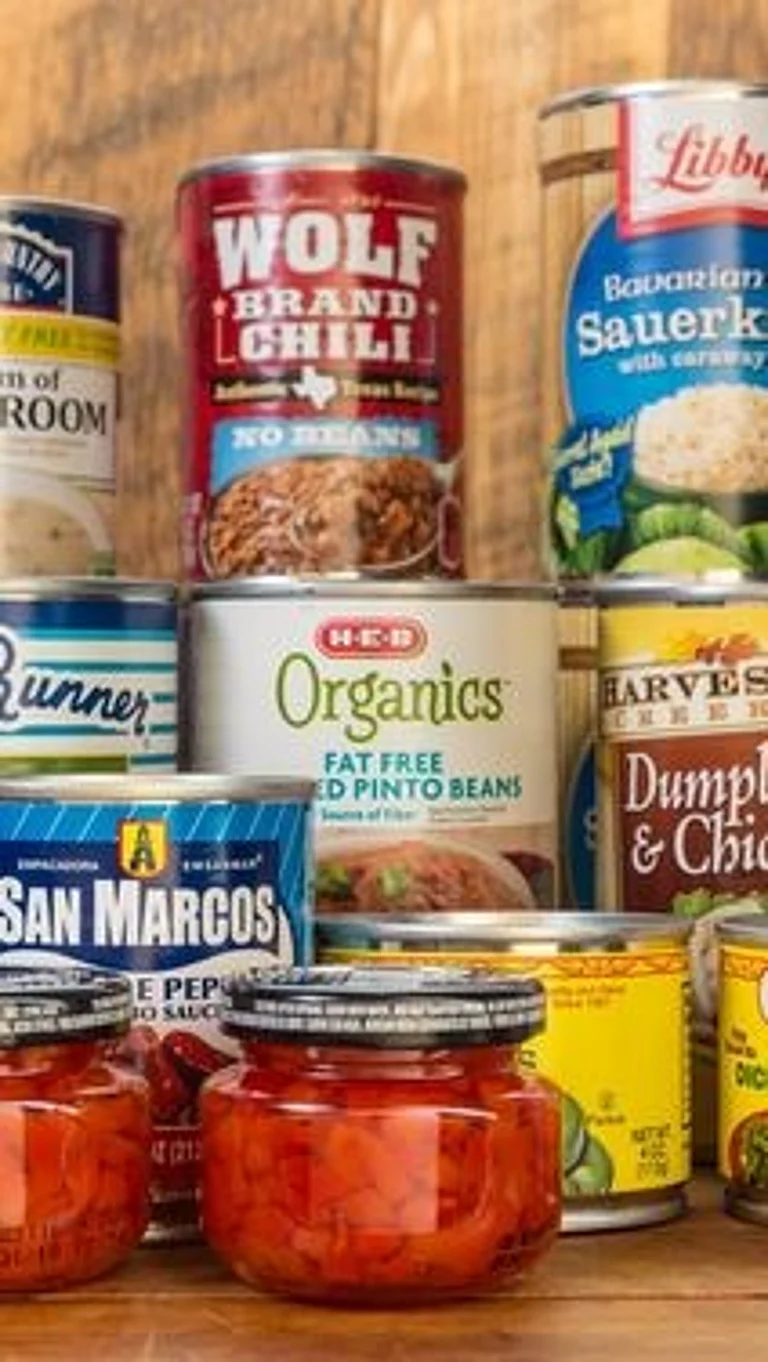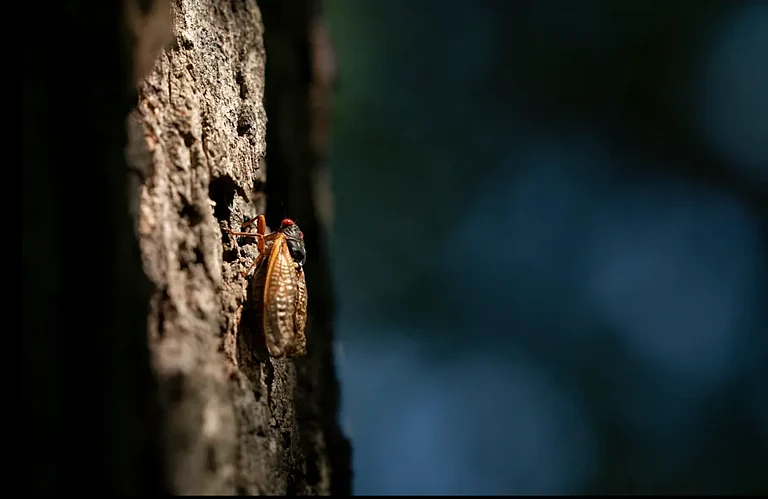Last week, the US Food and Drug Administration (FDA) issued a warning regarding shellfish harvested from Netarts Bay and Tillamook Bay, Oregon, which may be contaminated with paralytic shellfish toxins (PSTs). These toxins cause paralytic shellfish poisoning (PSP), a potentially life-threatening condition. The FDA advises consumers to avoid oysters and clams from these areas and recommends that restaurants and food retailers dispose of affected products.
Paralytic Shellfish Poisoning: What Types Of Shellfish Contain PSP? What Are Its Symptoms, Causes, And Prevention?
FDA has issued a warning regarding spread of PSP in Oregon and Washington. The illness caused by contaminated shellfish has affected over 20 people in Oregon last month.

The contamination has affected oysters and bay clams distributed in several states: Arizona, California, Colorado, Hawaii, Nevada, New York, Oregon, and Washington. As of May 30, no illnesses or deaths from PSP have been reported. However, Oregon officials confirmed that at least 21 people have been fallen sick due to PSP last month.
The advisory includes shellfish harvested from specific locations in Oregon and Washington.
Oregon: Oysters and bay clams harvested from Netarts Bay and Tillamook Bay on or after May 28.
Washington: Shellfish species from Willapa Bay, including Stony Point, harvested between May 26 and 30; Bay Center, harvested between May 29 and 30; and Bruceport, harvested between May 29 and 30.
What is Paralytic Shellfish Poisoning (PSP)?
According to Washington State Department of Health, “Paralytic Shellfish Poison (PSP) is a naturally occurring marine biotoxin that is produced by some species of microscopic algae. Shellfish eat these algae and can retain the toxin.”
When someone consumes shellfish that have accumulated paralytic shellfish toxins, they can become ill. Shellfish like clams, mussels, oysters, geoduck, and scallops can ingest these toxins. This biotoxin affects the nervous system and paralyzes muscles, and so it is called "paralytic" shellfish poison. While some shellfish can eliminate the toxins quickly, others retain them for longer periods. The toxins can be transferred to humans who eat contaminated shellfish or crabs that have fed on infected shellfish.

What types of shellfish are affected by PSP?
Bivalve molluscan shellfish like clams, mussels, oysters, geoduck, and scallops can accumulate paralytic shellfish toxins. Moon snails and other gastropods can also be affected, as well as other marine species such as sea cucumbers. Crabs, which feed on these shellfish, can become toxic as well.
While crab meat may be safe, the toxins often accumulate in the crab's gut and butter (the white-yellow fat inside the shell). To reduce risk, clean crabs thoroughly and avoid consuming the crab butter and guts.
What are the symptoms of PSP?
Common symptoms of PSP include:
- Tingling of the lips, mouth, and tongue
- Difficulty breathing and respiratory paralysis
- Numbness of arms and legs
- "Pins and needles" sensation
- Weakness
- Loss of muscle coordination
- Floating feeling
- Nausea
- Shortness of breath
- Dizziness
- Vomiting
- Headache
Symptoms of PSP can appear within 30 minutes of consuming contaminated shellfish and range from mild to severe.
The FDA advises anyone experiencing these symptoms to contact their healthcare provider and report the symptoms to their local Health Department. Since there is no antidote for PSP, treatment focuses on supportive care, including fluid therapy and respiratory support, which may require mechanical ventilators in severe cases.

Is PSP life-threatening?
Since there is no specific treatment for PSP, it may become life-threatening in some cases. Although there is no clear treatment for illness caused by PSP, patients are usually given respiratory support and fluid therapy are the primary treatments. Patients who survive the first 24 hours generally have a good prognosis with no lasting effects.
Death from PSP typically results from asphyxiation due to paralysis of the respiratory system.
How to tell if your food contains Paralytic Shellfish Toxins (PSTs)?
Food containing PSTs may look, smell, and taste normal. Cooking or freezing shellfish does not eliminate the toxins. Washington State Department of Health says the shellfish containing toxic levels of Paralytic Shellfish Poison don't look or taste any different from shellfish that are safe to eat. Only known method of detecting PSP is the laboratory testing of shellfish meat.
Most nations have certified PSP testing programs to ensure the safety of commercially harvested shellfish. These shellfish come from licensed, certified growers who must meet state and federal health standards and undergo regular toxin testing.

How to prevent PSP contamination?
The FDA advises that restaurants and retailers handling shellfish must take precautions to prevent contamination as they are a common source of pathogens. Proper food storage, processing, and preparation in controlled environments are crucial to minimizing cross-contamination risks. Steps to prevent cross-contamination include:
- Washing hands with warm water and soap after cleaning and sanitizing.
- Sanitizing cutting surfaces and utensils that may have contacted contaminated products.
- Cleaning and sanitizing containers used for bulk products.
- Regular and frequent cleaning and sanitizing of food contact surfaces and utensils used in food preparation.
- Previous Story
 Third Assassination Attempt On Trump In Coachella? Here’s What Federal Officials Say
Third Assassination Attempt On Trump In Coachella? Here’s What Federal Officials Say - Next Story

























